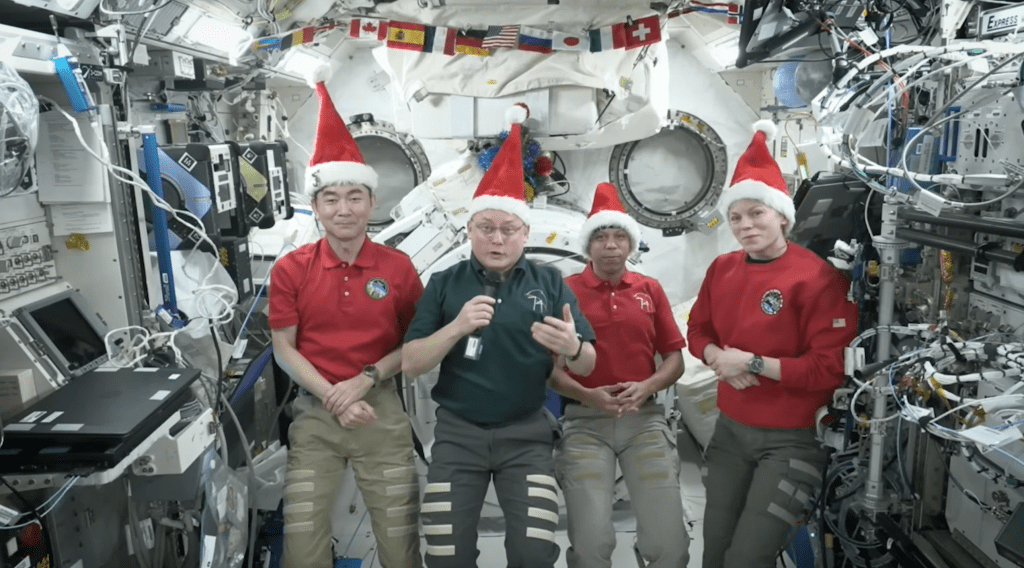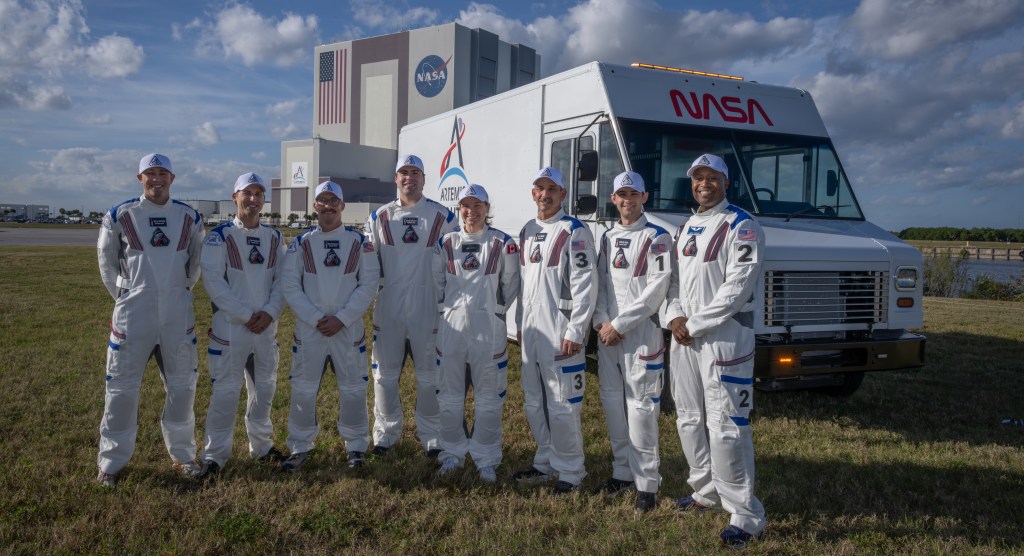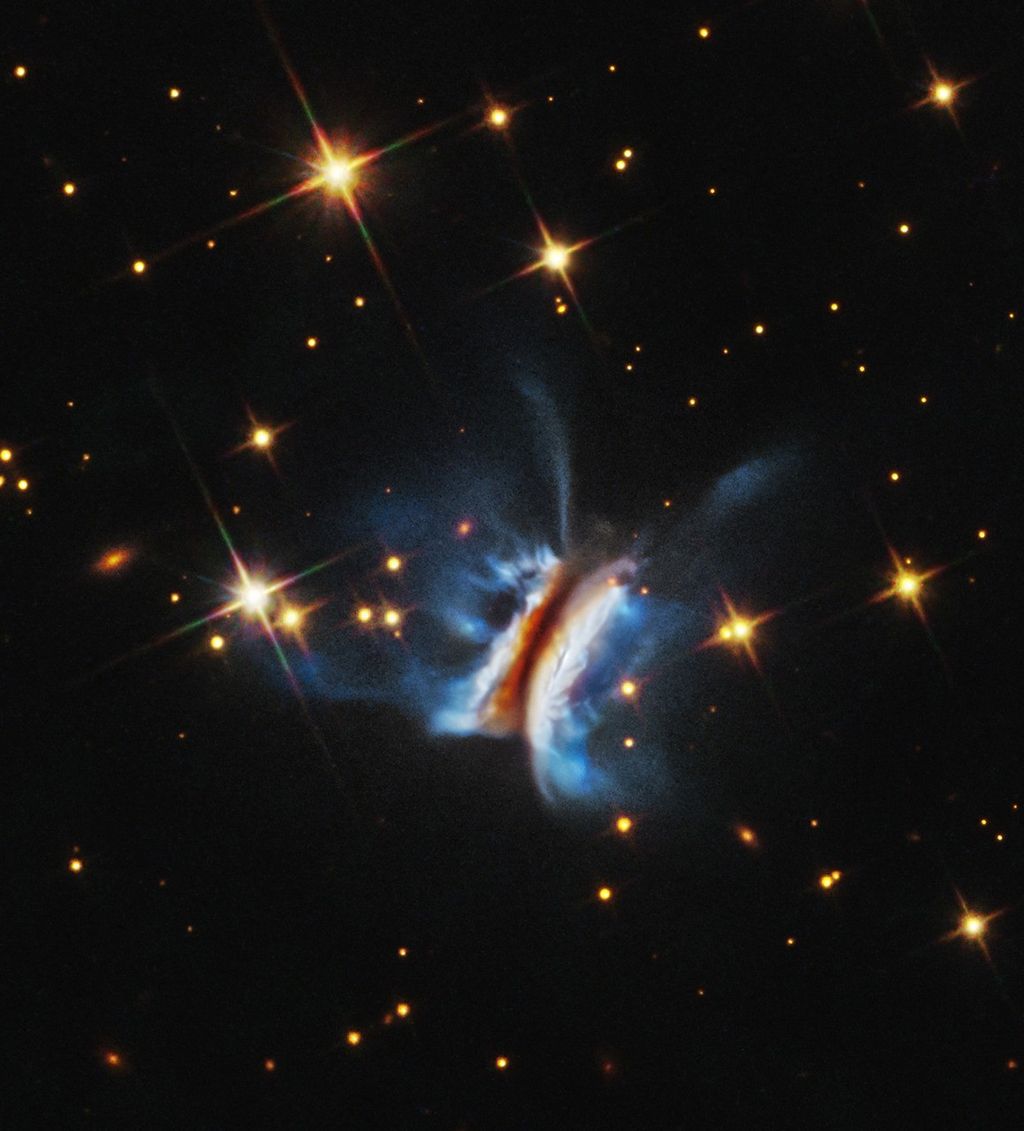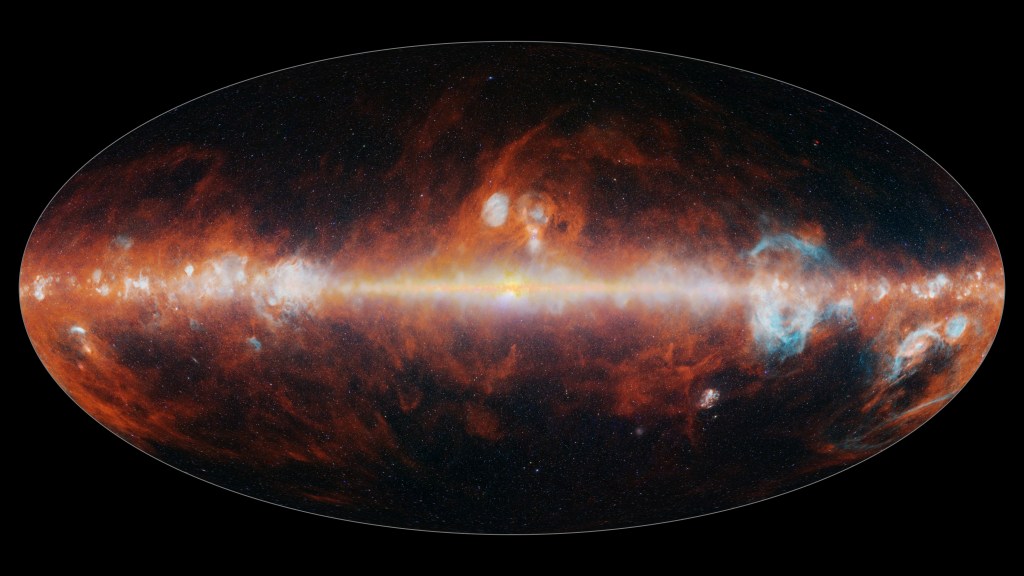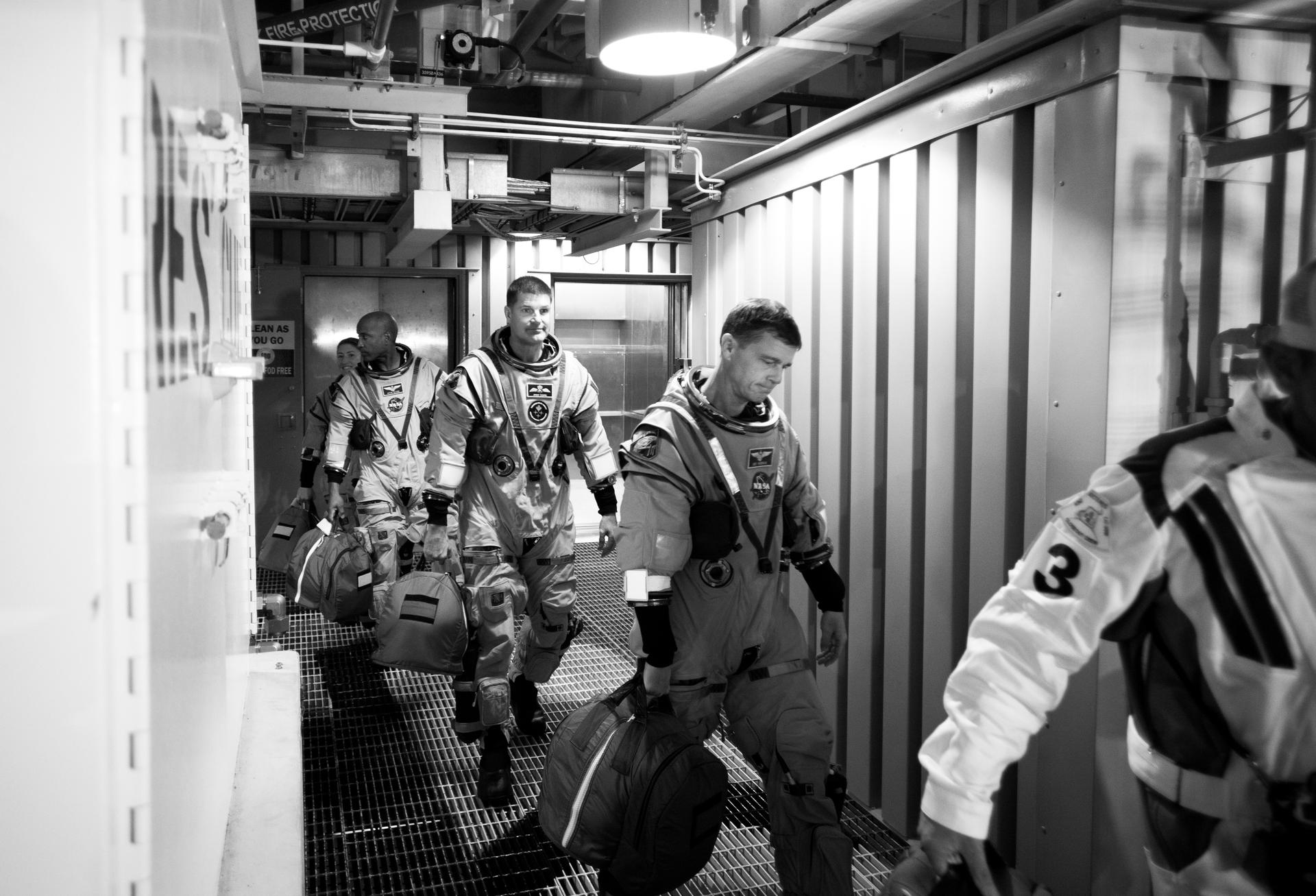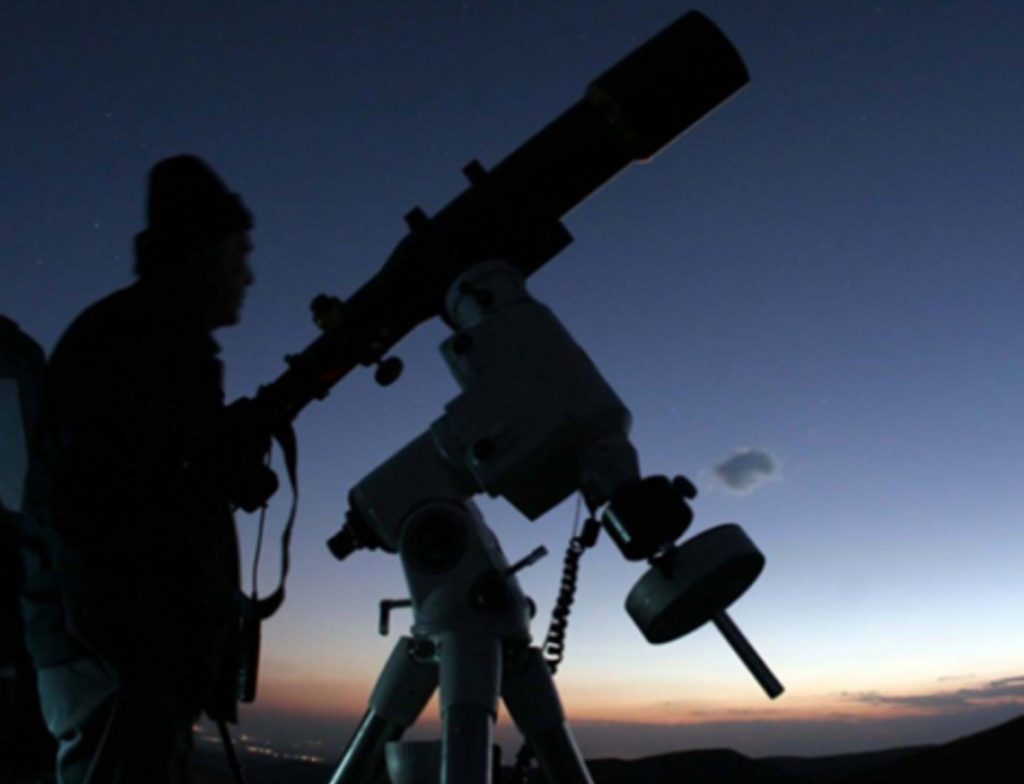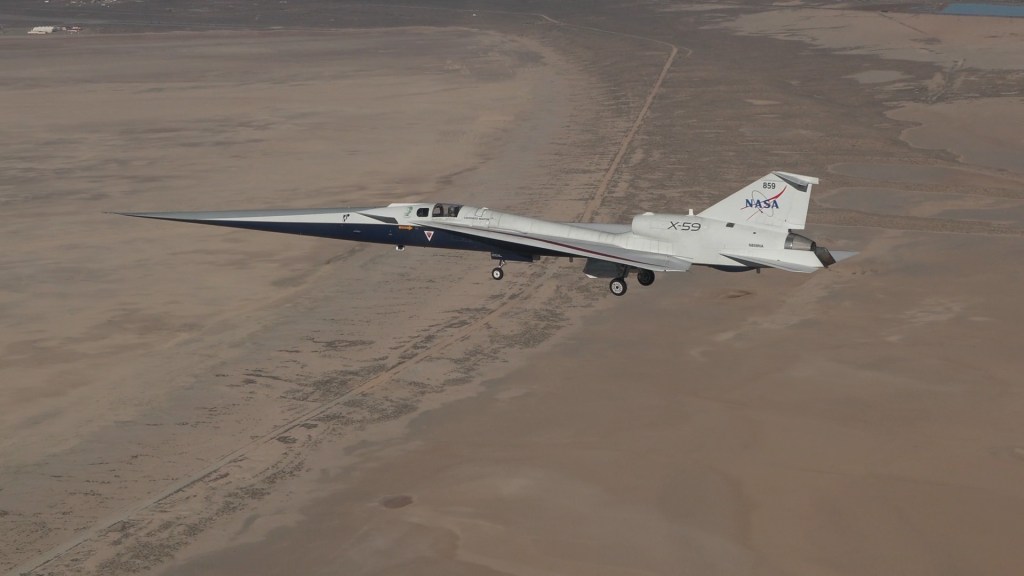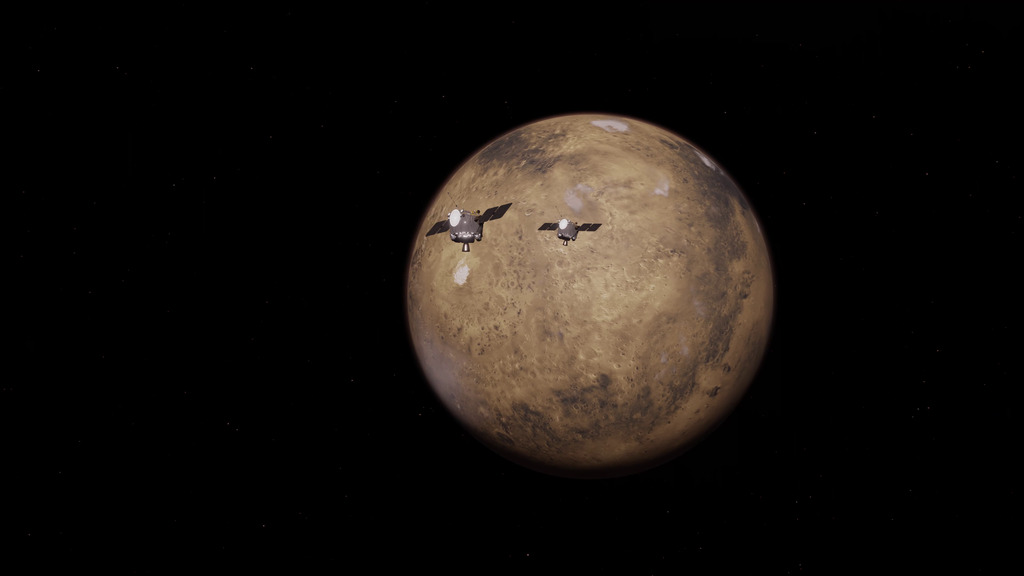NASA’s Twin ESCAPADE Spacecraft Have Deployed
NASA’s ESCAPADE (Escape and Plasma Acceleration and Dynamics Explorers) twin spacecraft have deployed from the Blue Origin New Glenn second stage. The spacecraft will go into a kidney bean-shaped Earth-proximity phase lasting roughly a year, before initiating a trans-Mars Injection engine burn sometime in November 2026. The speed gained ahead of the burn will allow the spacecraft to take advantage of the Oberth Effect — a phenomenon describing how a rocket engine is more efficient when fired at high speeds — to send the spacecraft on their way to Mars.
The ESCAPADE spacecraft will arrive at Mars in September 2027 and be placed in a large capture orbit. Mission teams will then reduce and synchronize the spacecrafts’ orbits ahead of beginning the science mission, which will start in Spring 2028.
The ESCAPADE mission is the first coordinated multi-spacecraft orbital science mission to the Red Planet. Its twin orbiters will take simultaneous observations from different locations around Mars. The observations will reveal the planet’s real-time response to space weather and how the Martian magnetosphere changes over time, analyzing how Mars’ magnetic field guides particle flows around the planet, how energy and momentum are transported from the solar wind through the magnetosphere, and what processes control the flow of energy and matter into and out of the Martian atmosphere. The information gained from the ESCAPADE spacecraft will enable NASA to better protect future human and robotic missions to the Red Planet.
The ESCAPADE mission is part of NASA’s SIMPLEx (Small Innovative Missions for Planetary Exploration) program and is funded by the agency’s Heliophysics Division. The mission is led by the University of California, Berkeley Space Sciences Laboratory, and Rocket Lab designed the spacecraft. The agency’s Launch Services Program, based at NASA’s Kennedy Space Center in Florida, secured launch services under the VADR (Venture-class Acquisition of Dedicated and Rideshare) contract.
Continue to follow NASA’s ESCAPADE blog for the latest mission updates. For more information on the mission visit:

